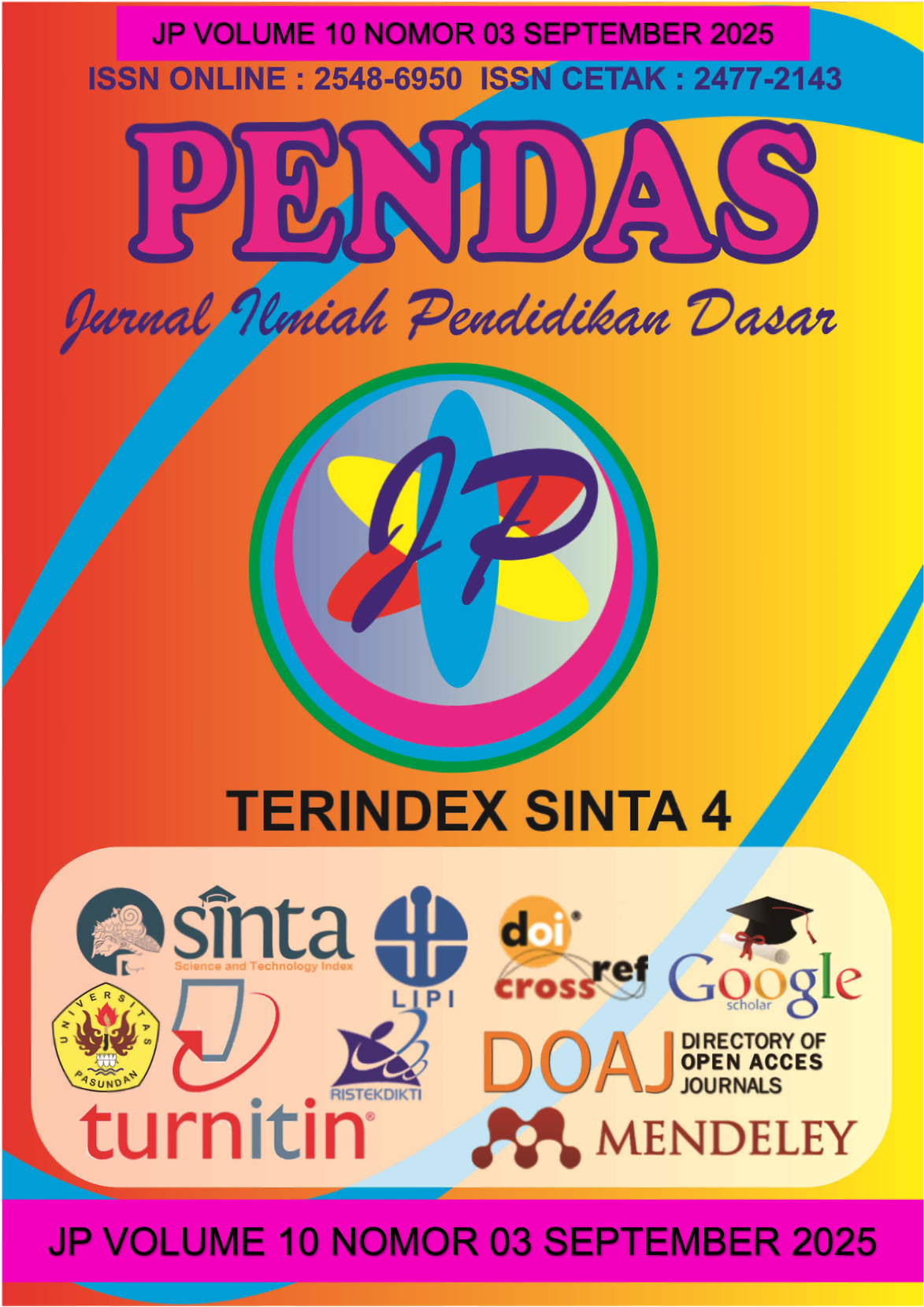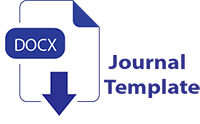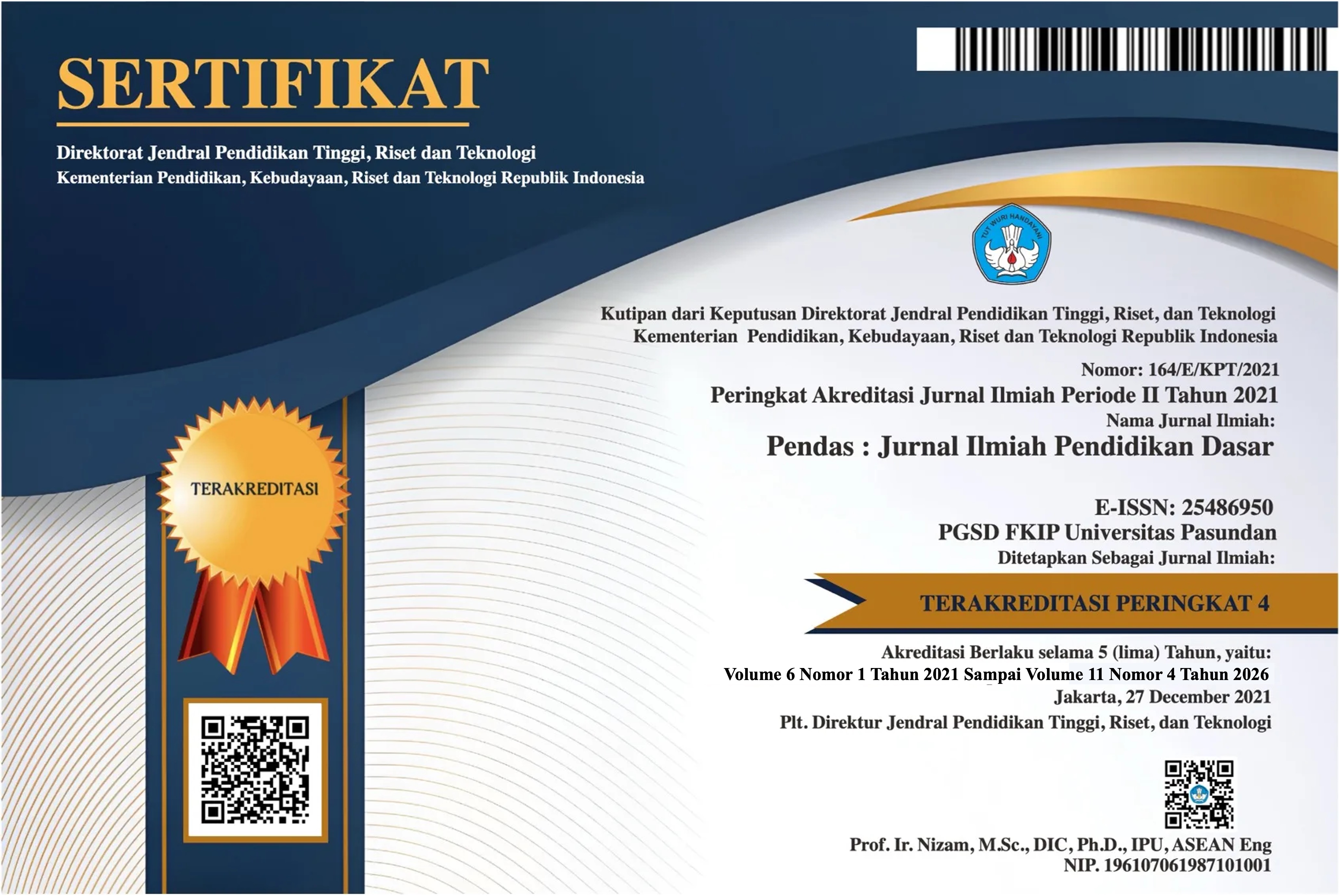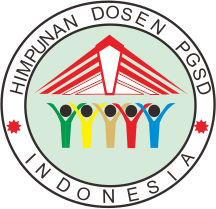PENGARUH MODEL PEMBELAJARAN PROBLEM BASED LEARNING (PBL) TERHADAP AKTIVITAS DAN HASIL BELAJAR KIMIA SISWA KELAS XI IPA SMA NEGERI 8 MEDAN T.P 2024/2025
DOI:
https://doi.org/10.23969/jp.v10i03.33811Keywords:
Problem Based Learning (PBL); Learning Activities; Learning Outcomes; Colloidal SystemAbstract
The purpose of this study is to determine the influence of the Problem Based
Learning (PBL) learning model on the activities and learning outcomes of students
in grade XI of Science at SMA Negeri 8 Medan T.P 2024/2025 on colloid system
materials. The sample of this study is 36 students in class XI-8 as an experimental
class using the Problem Based Learning learning model and 30 students in class
XI-2 as a control class using the conventional model. Data collection techniques are
carried out through observation, objective tests, and documentation. The research
design used was Two Groups (Pretest and Posttest). The results of the study show
that there is a positive and significant influence of the Problem Based Learning
learning model on the activities and learning outcomes of chemistry students in
grade XI Science of SMA Negeri 8 Medan T.P 2024/2025. This can be seen from
the average value of activities and learning outcomes of the experimental class,
which is 82.29 and 81.67, while the average activity and learning outcomes of the
control class are 74.17 and 79.17. 2. Then, tcalculated for the learning activities of the
experimental class is 11,262 > ttable, which is 1.6696. Likewise, for the learning
outcomes of the experimental class, the calculation is 3,439 > ttable, which is 1,669.
Downloads
References
Adawiyah, A., Triasianingrum., &
Suhardi, E. (2014). Pengaruh
Penggunaan Model
Pembelajaran Inquiry
Terbimbing Dengan Problem
Based Learning (PBL)
Terhadap Hasil Belajar IPA
Kelas VII DI SMPN 2 Cibinong.
Jurnal Pendidikan Biologi FKIP
Universitas Pakuan.
Arends, R.I. (2012). Learning To
Teach Ninth Edition (9th ed.).
New Britain, USA: Library Of
Congress Cataloging
Hakim, M. A. A., &Totalia, S. A. (2016).
Penerapan Model
Pembelajaran Problem Based
Learning (Pbl) Untuk
Meningkatkan Hasil Belajar
Peserta Didik Kelas Xi Iis
Dalam Mata Pelajaran Ekonomi
Di Sma N 5 Surakarta Tahun
Ajaran 2015/2016. Jurnal
Pendidikan Bisnis dan
Ekonomi, 2(2).
Mustafa, P.S. & Roesdiyanto, R.
(2021). Penerapan Teori
Belajar Konstruktivisme melalui
Model PAKEM dalamPermainan Bolavoli pada
Sekolah Menengah Pertama.
Jendela Olahraga, 6(1), 50–65.
Pramitha, D.A., & Wahjudi, E. (2020).
Penerapan Model
Pembelajaran Problem Based
Learning (PBL) Untuk
Meningkatkan Hasil Belajar
Siswa Materi Laporan
Keuangan. Jurnal Pendidikan
Ekonomi Undiksha, 12(2), 216-
224.
Paradina, D., Connie, C., & Medriati,
R. (2019). Pengaruh Model
Pembelajaran Problem Based
Learning Terhadap Hasil
Belajar Siswa Di Kelas X.
Jurnal Kumparan Fisika, 2(3
Desember), 169-
176.Sardiman, A.M. (2003).
Interaksi dan Motivasi Belajar
Mengajar. Jakarta: PT Raja
Grafindo Persada
Pramitha, D.A., & Wahjudi, E. (2020).
Penerapan Model
Pembelajaran Problem Based
Learning (PBL) Untuk
Meningkatkan Hasil Belajar
Siswa Materi Laporan
Keuangan. Jurnal Pendidikan
Ekonomi Undiksha, 12(2), 216-
224
Rieschka, M. N. (2020). Problem
Based Learning Pada
Pembelajaran IPA Di Sekolah
Dasar. In Social, Humanities,
and Educational Studies
(SHES): Conference Series
(Vol. 3, No. 3, pp. 1499-1505).
Sianipar, L. S. (2017). Model
Pembelajaran Problem Based
Learning Terhadap Aktivitas
Dan Hasil Belajar Mahasiswa.
Skripsi IKIP PGRI Jember.
Tidak Dipublikasikan.
Yunitasari, N., & Mattew, G. (2022).
Pengaruh Model Problem
Based Learning Terhadap
Hasil Belajar Ekonomi Siswa
Kelas XI SMA Negeri 1
Silahisabungan. Jurnal
Pendidikan Ekonomi dan
Entrepreneurship, 1(1), 12-21.
Zubir, M., Muchtar, Z., Mahmud, M.,
Nasution, H. I., Syahputra, R.
A., Rahmah, S., Kristanti, E. G.,
& Akma, W. M. K. (2020).
Adsorption Selectivity Of
Jatropha Curcas Leaves On Pb
(II) And Cd (II) Mixture
Contaminant Removal In Liquid
Waste. Li, 1-9.
Downloads
Published
Issue
Section
License
Copyright (c) 2025 Pendas : Jurnal Ilmiah Pendidikan Dasar

This work is licensed under a Creative Commons Attribution 4.0 International License.



















